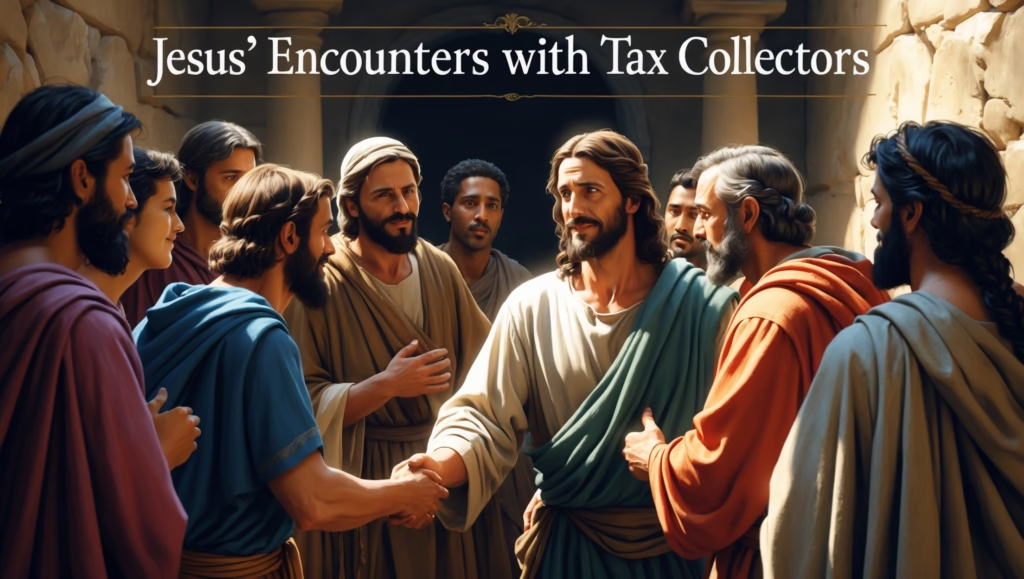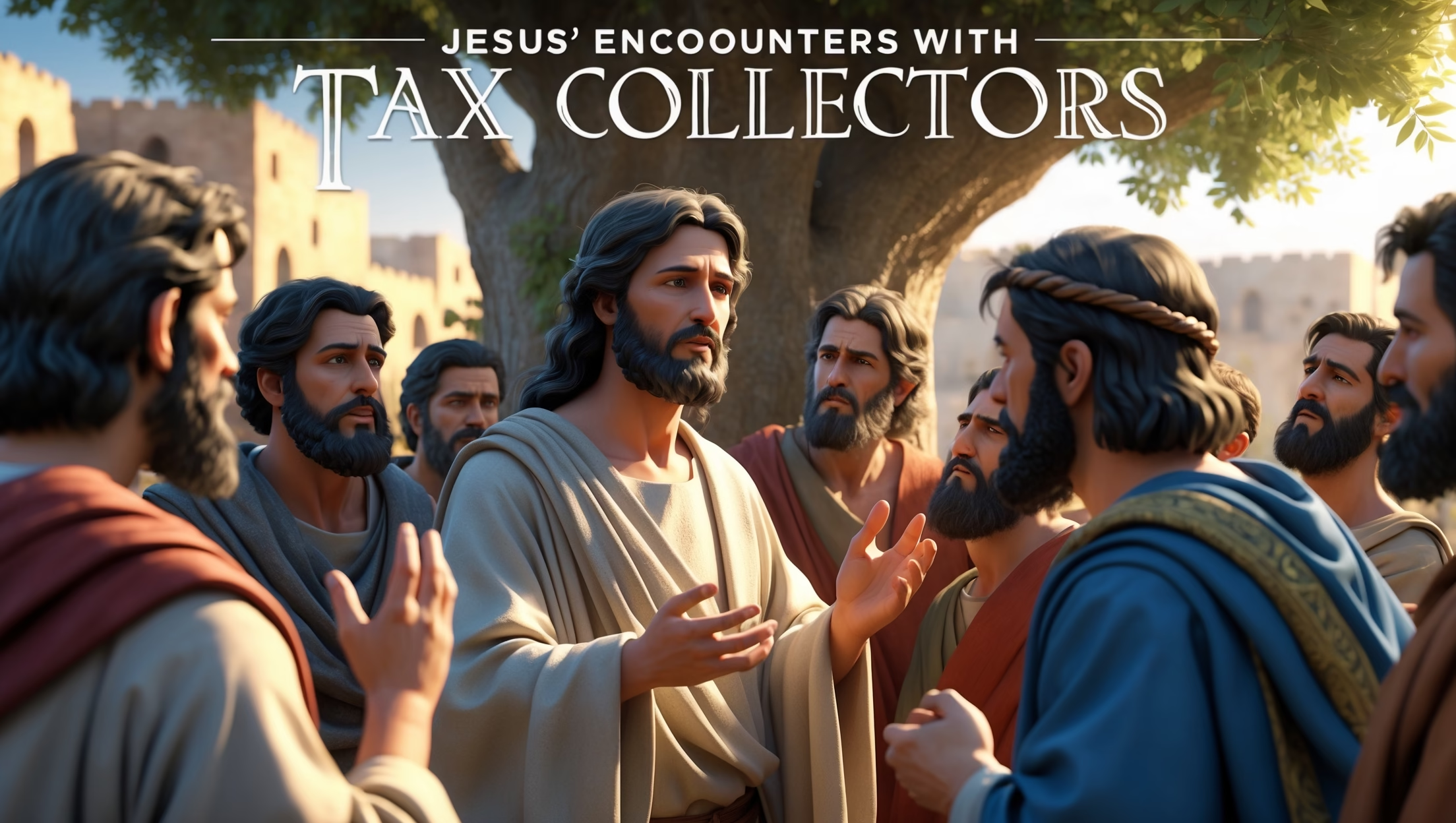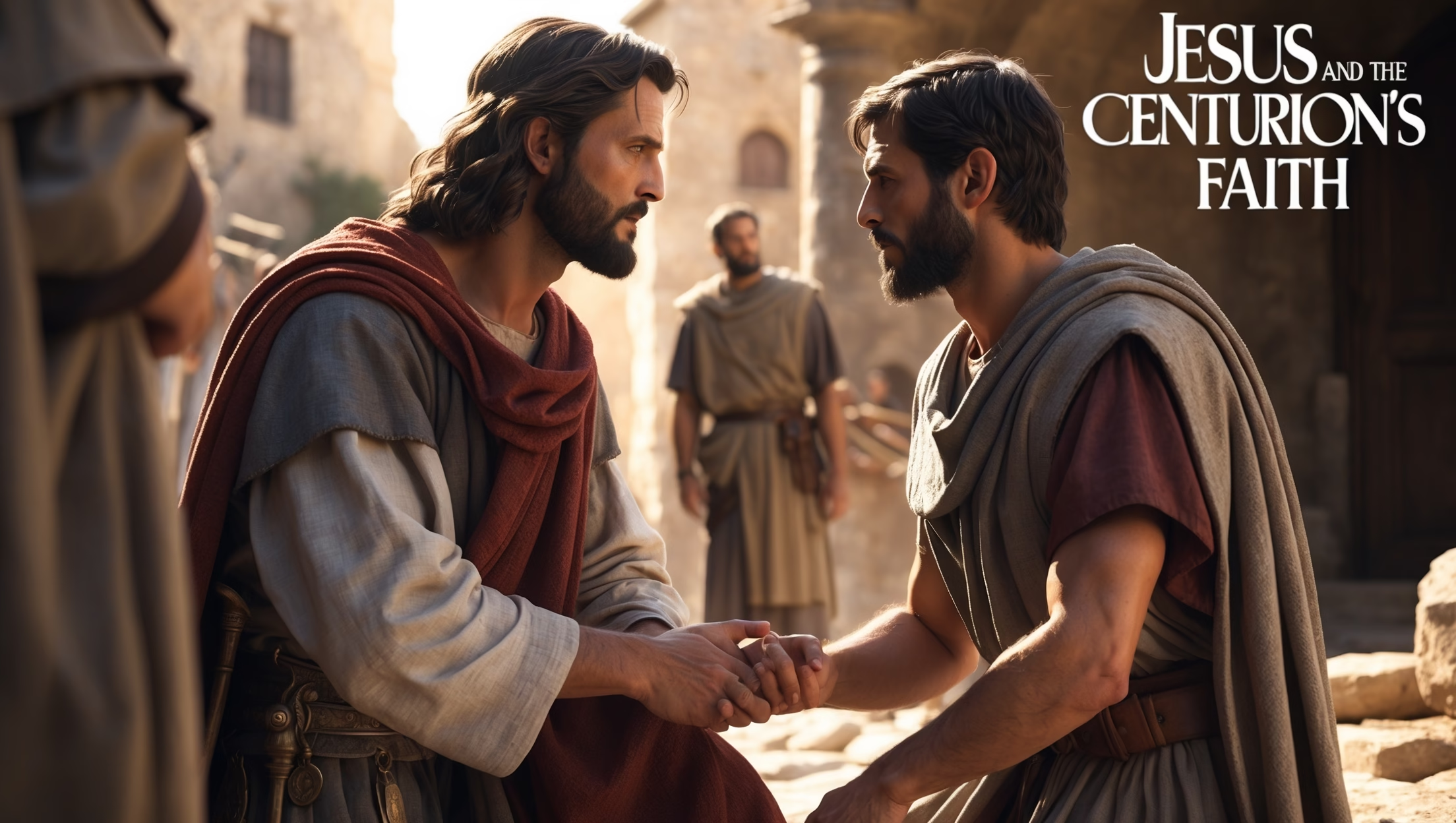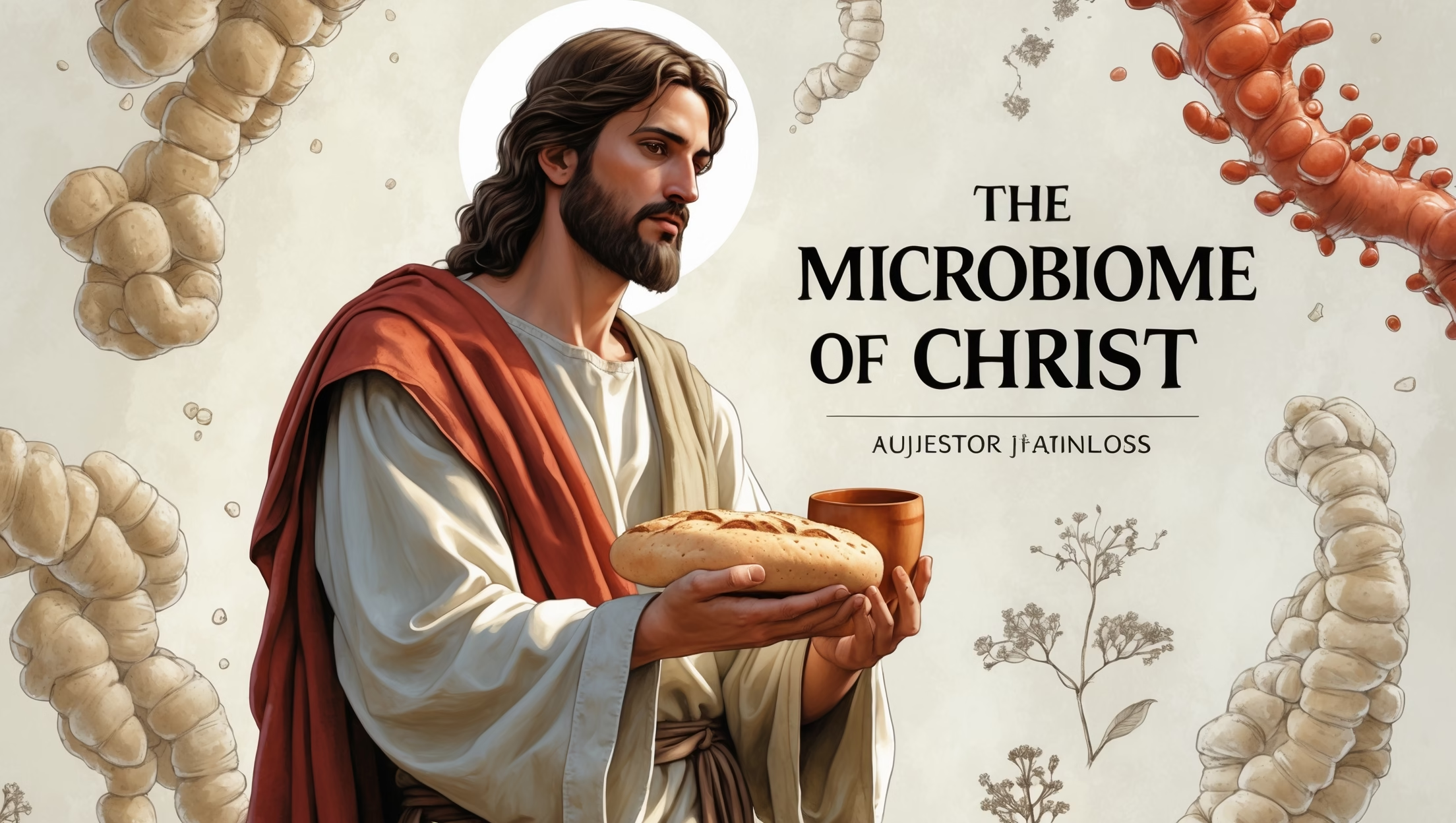Introduction
One of the most striking aspects of Jesus’ ministry was His deliberate outreach to the marginalized and rejected members of society. Among these were tax collectors, individuals despised by their Jewish communities for their collaboration with the Roman Empire and their reputation for greed and corruption. In the Gospels, Jesus’ willingness to interact with tax collectors not only defied cultural norms but also revealed the heart of His mission: to seek and save the lost. Through these encounters, He demonstrated the boundless grace of God, the power of repentance, and the inclusivity of the kingdom of heaven. This section explores how Jesus transformed the lives of tax collectors, with particular focus on the story of Zacchaeus, other encounters with sinners, and the lessons believers can draw for today.

Zacchaeus and Transformation
One of the most well-known narratives involving a tax collector is the story of Zacchaeus, recorded in Luke 19:1–10. Zacchaeus, described as a chief tax collector and wealthy man, symbolizes the deep resentment people had toward those in his profession. Tax collectors not only collected money for the Romans but often overcharged citizens to enrich themselves. Yet, Zacchaeus’ desire to see Jesus prompted him to climb a sycamore tree, as he was short in stature and unable to view Jesus through the crowds.
When Jesus noticed him and declared His intention to stay at his house, the crowd was scandalized. They could not comprehend why a respected teacher like Jesus would associate with someone so morally compromised. However, the encounter with Jesus brought immediate transformation in Zacchaeus’ life. He responded with repentance and restitution, vowing to give half his possessions to the poor and repay fourfold anyone he had cheated.
This story highlights the transformative power of grace. Jesus did not begin by condemning Zacchaeus but instead extended fellowship, which inspired Zacchaeus’ change of heart. By declaring, “Today salvation has come to this house,” Jesus revealed that His mission was not to exclude but to redeem. Zacchaeus’ story demonstrates that no one is beyond God’s reach and that repentance brings restoration and joy.
Lessons from Other Encounters
Zacchaeus’ transformation was not an isolated event. Throughout the Gospels, Jesus repeatedly associated with tax collectors and sinners, illustrating His radical compassion.
In Matthew 9:9–13, Jesus called Matthew, a tax collector, to be one of His disciples. This invitation not only elevated someone socially despised into the circle of His closest followers but also signified that the kingdom of God was open to all, regardless of their past. Later, when questioned about eating with tax collectors and sinners, Jesus replied, “It is not the healthy who need a doctor, but the sick. But go and learn what this means: ‘I desire mercy, not sacrifice.’ For I have not come to call the righteous, but sinners.” This statement summarized His mission and clarified the heart of God’s redemptive plan.
Jesus’ parables also reinforced this message. In Luke 18:9–14, the parable of the Pharisee and the tax collector contrasts self-righteousness with humility. The Pharisee boasted of his religious devotion, while the tax collector humbly prayed, “God, have mercy on me, a sinner.” Jesus concluded that the tax collector, not the Pharisee, went home justified before God. This teaching emphasized that forgiveness and acceptance are based not on outward religiosity but on repentance and God’s grace.
Together, these accounts highlight a consistent theme: Jesus broke through social barriers and demonstrated that God’s compassion extended to all. His interactions with tax collectors were not merely acts of kindness but central to His teaching about the nature of God’s kingdom.
Application Today
Jesus’ encounters with tax collectors provide timeless lessons for modern believers. In today’s world, society still marginalizes individuals based on their occupation, past mistakes, or social standing. Just as Jesus reached out to the despised and rejected, Christians are called to embrace inclusivity and compassion.
First, these stories encourage believers to look beyond outward appearances and reputations. Zacchaeus and Matthew remind us that people can experience radical transformation when shown grace. Instead of judging or excluding others, the church is called to create spaces of acceptance where people can encounter Christ.
Second, the emphasis on repentance and restitution remains relevant. Zacchaeus did not only express remorse; he took concrete steps to make amends for his wrongs. This demonstrates that true repentance involves both inner transformation and outward action. Modern believers can learn from this by seeking reconciliation and practicing justice in their personal and communal lives.
Third, Jesus’ compassion challenges Christians to prioritize mercy over self-righteousness. The parable of the tax collector and Pharisee warns against spiritual pride and highlights humility as the foundation of authentic faith. In practice, this means valuing people over rules, extending forgiveness, and embodying the grace of God in daily interactions.
Finally, these encounters remind us that God’s kingdom is open to all. Whether someone is wealthy or poor, respected or despised, Jesus’ mission was to invite them into fellowship with Him. This perspective can inspire modern communities to break down divisions based on race, class, or social background, and instead reflect the inclusive love of Christ.
Conclusion
The encounters of Jesus with tax collectors reveal the depth of His compassion and the radical nature of His mission. Through His fellowship with Zacchaeus, His calling of Matthew, and His parables, Jesus demonstrated that God’s grace reaches the most unlikely individuals. These stories challenge believers today to extend the same inclusivity, compassion, and forgiveness in their lives. By embracing those who are marginalized and practicing genuine repentance and mercy, Christians continue the mission of Jesus, embodying His message that He came “to seek and to save the lost.”










